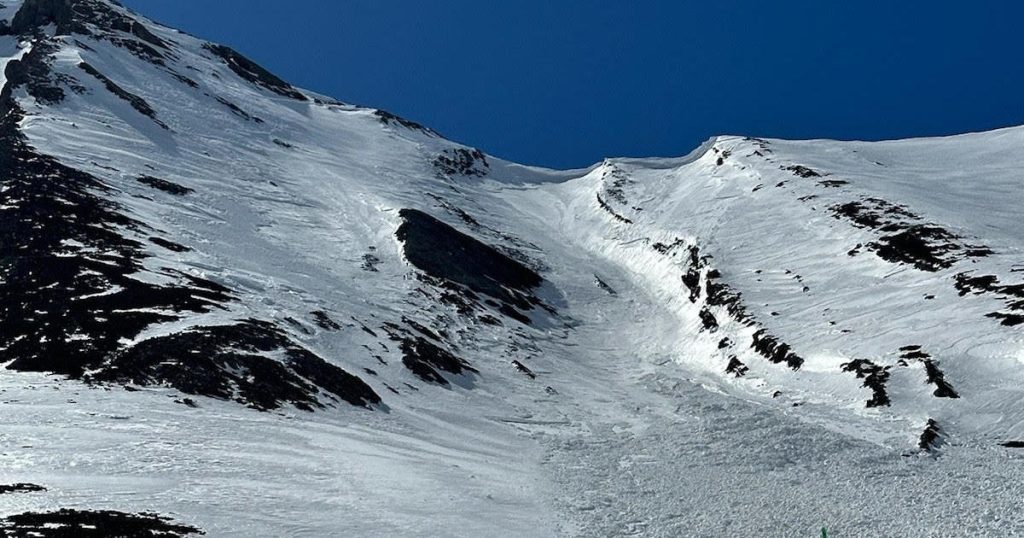An experienced backcountry skier was killed in Idaho after being caught in an avalanche on Donaldson Peak in the Lost River Range. The skier, along with another experienced backcountry skier, triggered a slope collapse while climbing down to ski. The first skier got caught in a small avalanche, which set off a larger one. The second skier was able to call for help using a satellite communication device and then located the buried skier with a rescue transceiver and probe pole. Despite her efforts to dig him out and perform CPR, the skier did not survive, as search and rescue teams were unable to save him.
This tragic incident is just one of many avalanche-related deaths this winter, with a total of 16 deaths reported in the U.S. according to the Colorado Avalanche Information Center. This number is lower than the average of about 30 avalanche-related deaths in the U.S. each year. Earlier in the week, two skiers were killed in an avalanche outside Salt Lake City, with a third skier surviving the incident. Additionally, two snowmobilers in Idaho and Washington died in separate avalanches in March, adding to the tally of avalanche-related deaths this winter.
The dangers of backcountry skiing and snowmobiling are evident in the recent spate of avalanche-related deaths throughout the U.S. Experienced skiers and snowmobilers are not immune to these risks, as even the most prepared individuals can fall victim to unexpected avalanches. Despite advances in safety equipment and communication devices, avalanches remain a constant threat in mountainous regions, highlighting the importance of proper training and preparation for those venturing into the backcountry.
Avalanche safety remains a priority for outdoor enthusiasts and officials, with organizations like the Colorado Avalanche Information Center providing valuable resources and information on avalanche awareness and preparedness. Awareness of weather conditions, snowpack stability, and terrain risks are essential for anyone engaging in winter sports in avalanche-prone areas. Proper training in avalanche safety and the use of safety equipment such as transceivers, probes, and shovels can mean the difference between life and death in a backcountry avalanche scenario.
The recent avalanche deaths serve as a sobering reminder of the unpredictable and deadly nature of avalanches, especially for those participating in winter sports in remote and mountainous areas. While the thrill of backcountry skiing and snowmobiling can be exhilarating, the potential risks and hazards must be taken seriously to ensure the safety of all individuals involved. As winter continues, it is crucial for outdoor enthusiasts to prioritize safety, education, and preparedness when venturing into avalanche-prone terrain to reduce the likelihood of tragic incidents like the recent avalanche deaths in Idaho and Utah.


